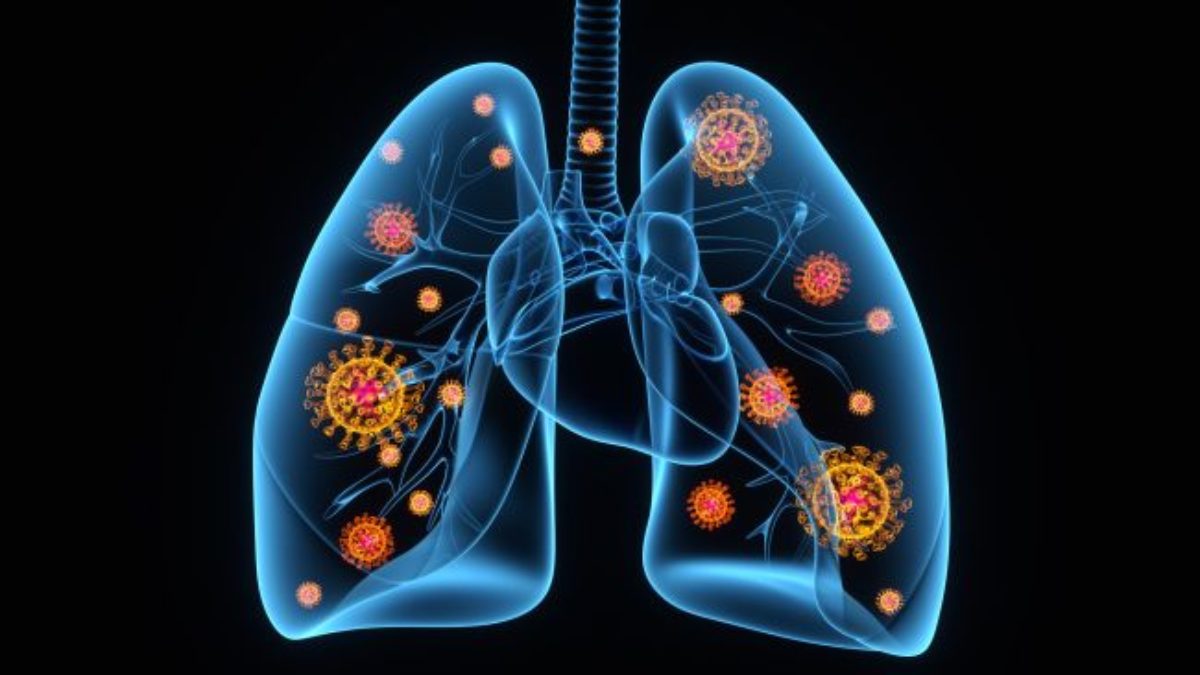Questions about long-term lung damage remain unresolved as the COVID-19 epidemic enters the survival phase. Analytical investigations in the past have been restricted to post-mortem findings.
One year into the COVID-19 pandemic, over 116 million people worldwide have been infected with SARS-CoV-2 and over 2.5 million lives have been lost. Forensic investigation in patients with end-stage lung disease from COVID-19 revealed severe fibrosis, damage to the alveoli, extensive vascular injury, viral particles invading the cells and ruptures in lung tissue.
According to a journal, a growing number of people have survived COVID-19, but some have experienced a prolonged and strenuous recovery. In population-based studies, an estimated 35% of survivors had not returned to their usual state of health 14-21 days post infection, while some patients remained symptomatic several months after infection, 5–8 even showing persistent radiographic findings such as ground glass opacities.
An observational study was recently conducted on adult Covid-19 survivors who had recovered but subsequently underwent unrelated elective lung resection for indeterminate lung nodules or lung cancer to examine the potential for any changes in lung tissues in COVID-19 survivors. They were compared these to an age-and-procedure matched control group who never contracted COVID-19, and an end-stage COVID-19 group.
It was found that in recovered COVID-19 survivors there were no discernible changes suggesting permanent damage to the lung tissues.
On the other hand, the COVID-19 end-stage lung disease patients likely represent those who have progressed to fibrosis as a result of organization of the original acute lung injury; a phenomenon which has been reported both prior to the COVID-19 pandemic, and in severe cases of acute COVID-19.
COVID-19 can severely injure vascular endothelium and can progress to acute respiratory distress syndrome and viral pneumonia regardless of age or pre-existing conditions. This was the case for the end-stage patients included in this study.
In conclusion, no distinct post-acute changes were found in lung tissues among the COVID-19 survivors who have recovered and became asymptomatic, to suggest permanent pulmonary damage.





